- Introduction
- Polo and the Pony Express: The T Acronyms
- Primary Purpose
- Secondary Purposes
- The Trill
- Tethered Rocking Orbiting Tracker (TROT)
- Tethered Haptics Using Morse Pulses (THUMP)
- Systems That Had to Be Created
Introduction
Not everyone can afford to send spacecraft aboard rockets into space, and the space elevator is still science fiction due to materials that have yet to be invented. CubeSats are making progress, but they are tiny and still cost prohibitive for an individual. Their small surface area limits the amount of solar energy that they can gather unless sophisticated unfolding techniques are used.
High altitude, specifically Height Above Average Terrain (HAAT), is necessary for certain line-of-sight radio transmissions, and if we can get a craft high enough, it can be both an analog of a spacecraft and a teaching tool. Amateur radio operators know, for instance, that even a relatively small and inexpensive 5-watt, 2-meter HT (handie-talkie) can reach the International Space Station. In fact, they have such a radio onboard to communicate back down to us. One of my favorite authors, Arthur C. Clarke, was also an oft-forgotten radio specialist/physicist and helped to invent the communication satellite and inspire the space-elevator. He had a talent for predicting the future and wrote about interesting spaceships with onboard intelligence and docking space pods, all of which have intrigued me for years. While high-altitude platform stations, geostationary or moored balloons are intriguing, these types of aerial objects are heavily regulated in my country, especially where I live. Like lighthouses that warn ship captains of rocky coasts, it is understandable that our aircraft pilots need to know where aerial hazards are at all times.
I grew up and still reside near the main airport in St. Louis, the old Lambert Field where Charles Lindbergh was one stationed, and he once lived just down the street from where I am today. My grandfather loved airplanes and frequently recounted the regret he felt when he had to burn a captured Japanese Zero in WWII, and I went to the airport with him often to watch the passenger planes land and meet my father, as he traveled a lot. While it was convenient for traveling, the thought probably never occurred to them that proximity to an airport placed severe restrictions on what we could actually fly in the air. This was an unfortunate irony as a kid, since I loved aeronautics; my neighborhood was of large percentage McDonnell Douglas aerospace engineers (now Boeing, near the site of where the Mercury space capsules were constructed). One of my classmates even became a NASA astronaut, and I watched in awe as he installed the Dextre robotic arm aboard the ISS. In 2020, he was on the first human flight of a commercial SpaceX Falcon 9, their Crew Dragon Endeavour capsule parachuting into the ocean, the first time NASA astronauts did this since 1975, when I was 5 years old. My parents and grandparents, however, were not engineers and had little math and science background. Three of them were elementary school teachers, masters of the English language and the arts, inspiring limitless possibilities within me if I put my mind to it. My father was not a teacher, and English was not his strength. Being Persian, he was the only one of my elders that had learned algebra as a child, but had forgotten it by the time I encountered it in school. But he was an explorer himself, an artist/designer at heart, and through his creations, I saw him bring to life some of those possibilities. One day, out the blue, he built a kite out of gift-wrapping paper, a style that I had never seen before, and it flew beautifully.
But, while they couldn't help me with my...
Read more » Lee Djavaherian
Lee Djavaherian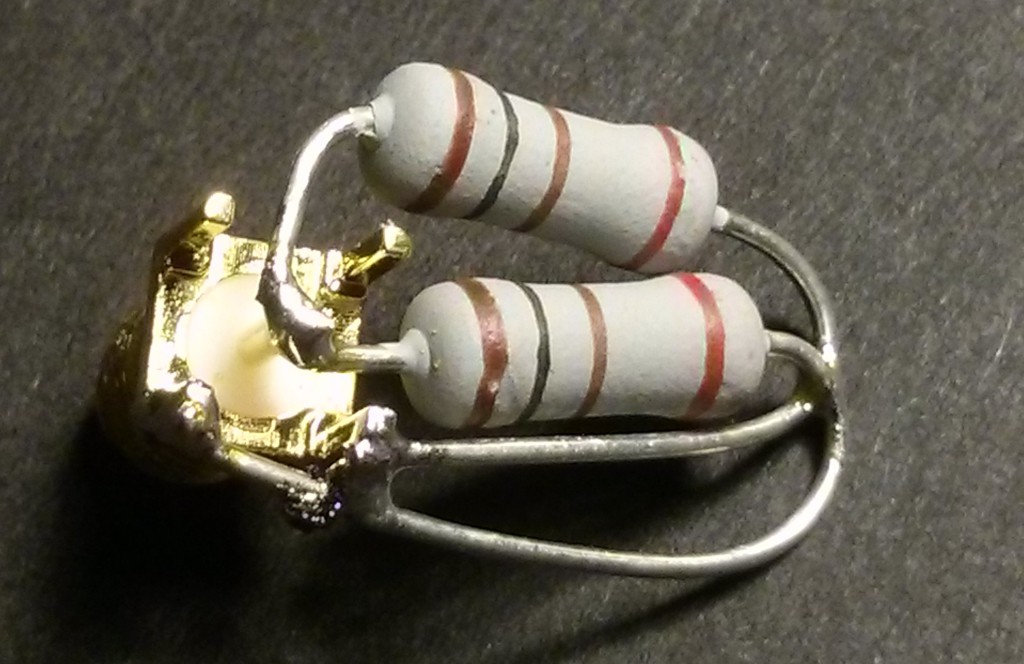

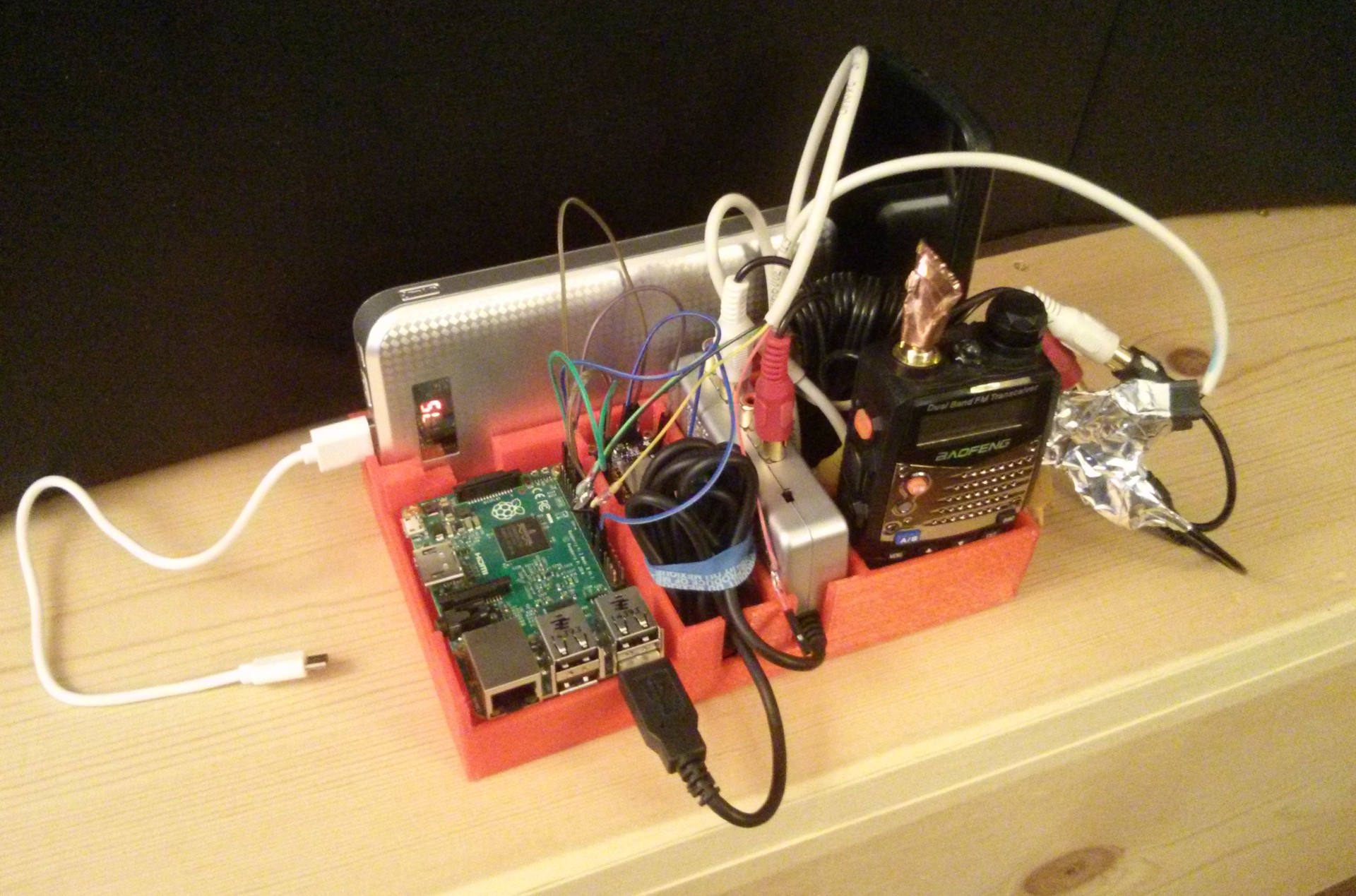

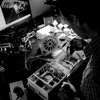



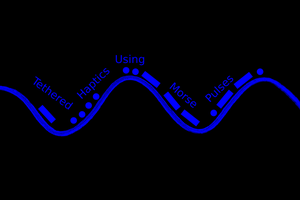

 zapwizard
zapwizard
 Andrew Kotite
Andrew Kotite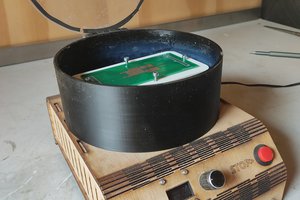
 Jeroen Delcour
Jeroen Delcour
The project description makes me weak at the knees. I totally, 100% want one.